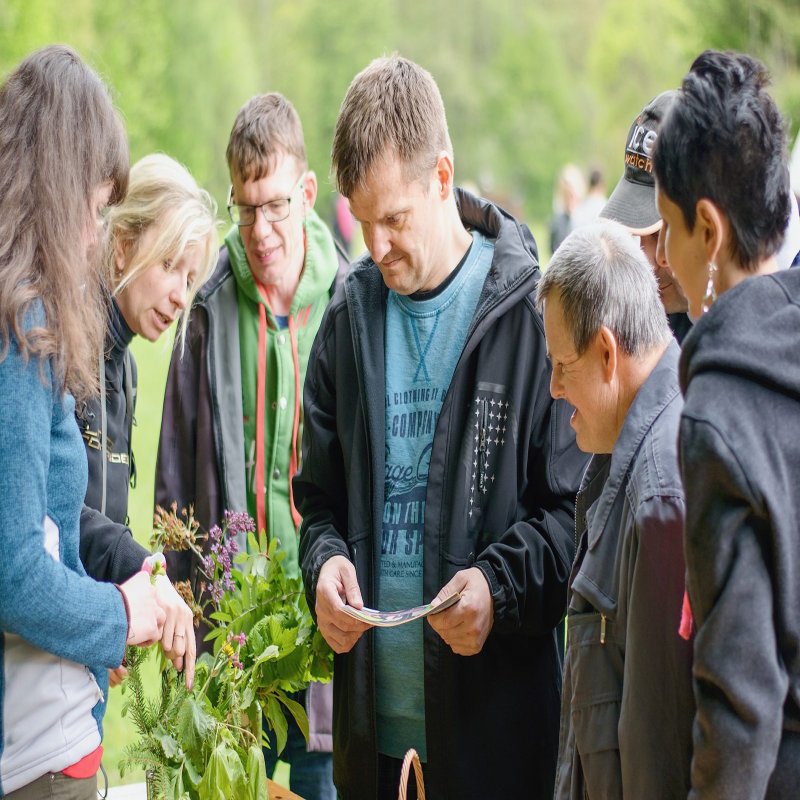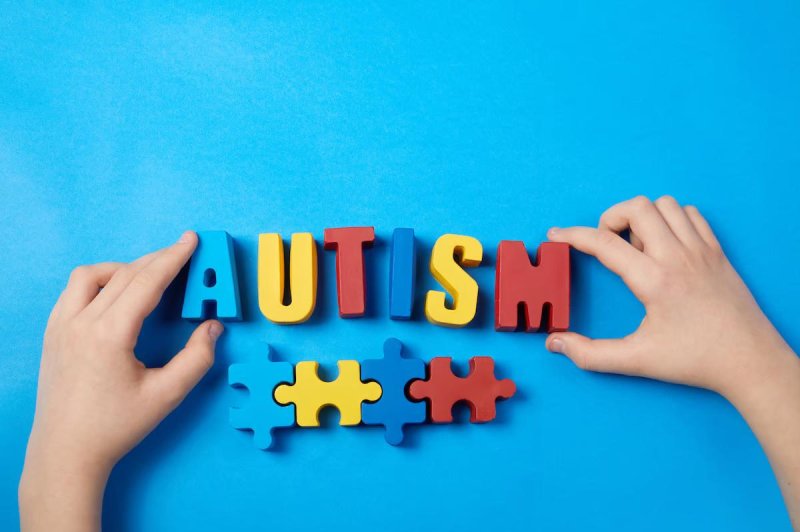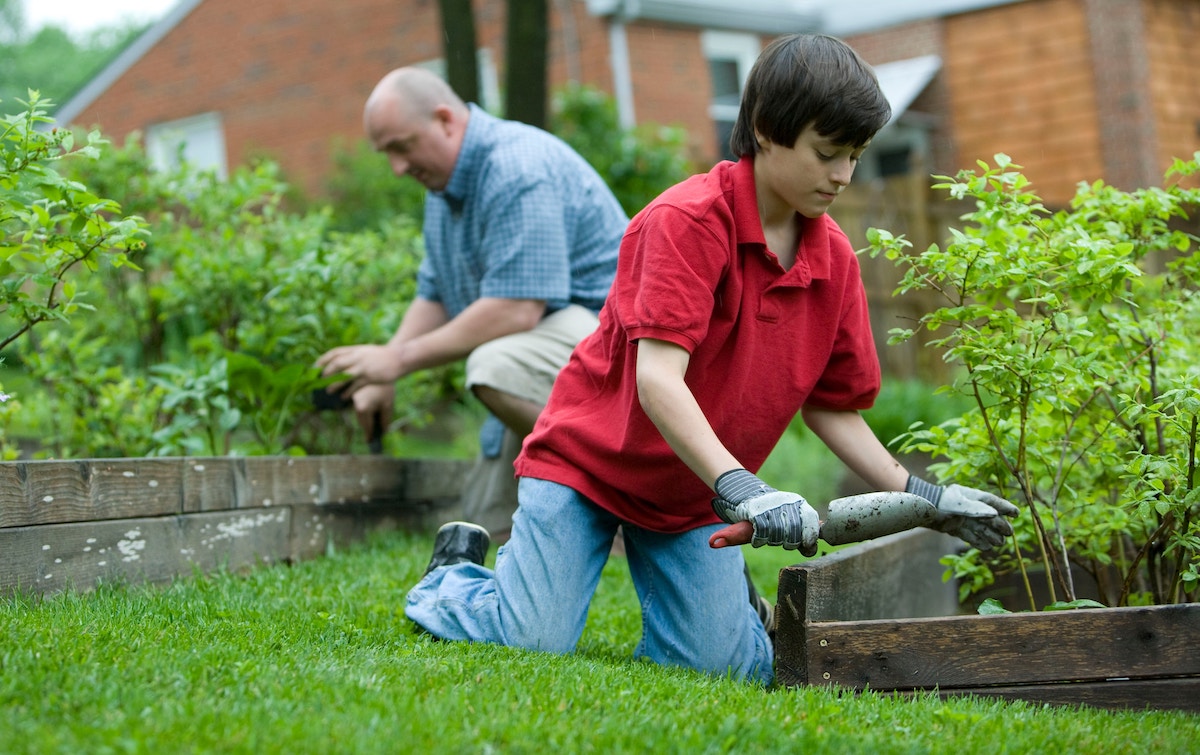
Within the first three years of life, symptoms of autism, a developmental disease, start to set in. Autism Spectrum Disorder is the official term used to diagnose it. The term "spectrum" refers to the variety of forms and severity levels that autism can take. This means that each person with autism has a different set of abilities, symptoms, and difficulties. Communication, social interaction, and behavior are all impacted by the complicated neurological disease known as autism. While there is no known cure for autism, which affects around 1 in 59 children in the United States, there are several therapeutic options that can help control symptoms and enhance the quality of life. Nature-based therapies are one of these treatment choices, and they can offer people with autism a relaxing and healing atmosphere.

Activities like horticultural therapy, animal-assisted therapy, and wilderness therapy are examples of nature-based therapies. These treatments have been demonstrated to benefit autistic people by encouraging social contact, enhancing communication, lowering anxiety, and enhancing sensory processing.
Horticulture Therapy
Horticulture therapy, also known as gardening therapy, involves engaging individuals in gardening activities as a therapeutic intervention. It has shown promise in helping individuals with autism spectrum disorder (ASD) by providing sensory stimulation, promoting relaxation, and enhancing social interaction skills. The structured nature of gardening, combined with its sensory-rich environment, can help individuals with ASD improve their focus, communication, and sensory integration. Through activities like planting, nurturing plants, and engaging with natural elements, horticulture therapy aims to support emotional well-being and enhance the overall quality of life for individuals on the autism spectrum.

Animal Assisted Therapy
Animal-assisted therapy (AAT) involves interactions between individuals and animals to promote therapeutic outcomes. In the context of autism, AAT has shown promise in improving social skills, communication, and emotional regulation. Animals like dogs or horses are often used because they can provide companionship, reduce stress, and encourage physical activity, which can benefit children with autism. The non-judgmental and supportive nature of animals can create a calming effect and enhance engagement in therapeutic activities, making AAT a valuable approach in the holistic management of autism spectrum disorder.

Autism is a spectrum disorder, meaning it varies widely in its presentation and severity, making each individual with autism unique in their abilities and challenges.
Wilderness Therapy
Wilderness therapy involves using outdoor activities and nature immersion as therapeutic tools to support individuals with autism. This approach leverages the calming and sensory-rich environment of nature to promote emotional regulation, social skills development, and overall well-being. Through activities like hiking, camping, and nature exploration, individuals with autism can experience reduced stress, improved communication, and enhanced sensory integration. Wilderness therapy also encourages independence, problem-solving skills, and self-confidence in a natural setting, offering a holistic approach to healing and growth.

Kaplan’s Attention Restoration Theory (ART)
The theory proposes that exposure to nature can restore abilities around attention and focus as well as enhance cognitive functioning and behavioral performance.
Ulrich’s Stress Recovery Theory (SRT)
It proposes that when people are psychologically or physically stressed, exposure to unthreatening natural environments will reduce stress and have a restorative effect.
Conclusion
Nature-based therapies like horticulture therapy, animal-assisted therapy, and wilderness therapy have shown benefits for individuals with autism. They can improve social skills, communication, and sensory processing, and reduce anxiety. These therapies provide a calming environment that enhances physical and mental well-being. However, it's important to use them alongside proven treatments like behavioral therapy and medication, not as replacements. Exploring these complementary therapies can enhance the quality of life for people with autism as research continues to explore their potential benefits.
Frequently Asked Questions ( FAQs)
1. Are nature-based therapies covered by insurance?
This may vary depending on your insurance provider and the specific therapy program. It is important to check with your insurance provider and the therapy program to determine if the cost of the therapy is covered.
2. How do I find a nature-based therapy program for my loved one with autism?
You can consult with a healthcare professional or therapist for recommendations on nature-based therapy programs in your area. Additionally, you can search online for programs that specialize in nature-based therapies for individuals with autism.
3. Are nature-based therapies a replacement for evidence-based treatments for autism?
No, nature-based therapies should not be used as a replacement for evidence-based treatments for autism, such as behavioral therapy and medication. Rather, nature-based therapies can be used as a complementary treatment option to improve quality of life and provide a unique therapeutic experience.
4. Who can benefit from nature-based therapies?
Nature-based therapies can benefit individuals of all ages with autism, from children to adults. However, it is important to consult with a healthcare professional before starting any new treatment.
5. How do nature-based therapies benefit individuals with autism?
Nature-based therapies have been shown to improve social interaction, communication, and sensory processing, and reduce anxiety in individuals with autism. Additionally, these therapies provide a calming and therapeutic environment, which can promote overall physical and mental well-being.


.png)


